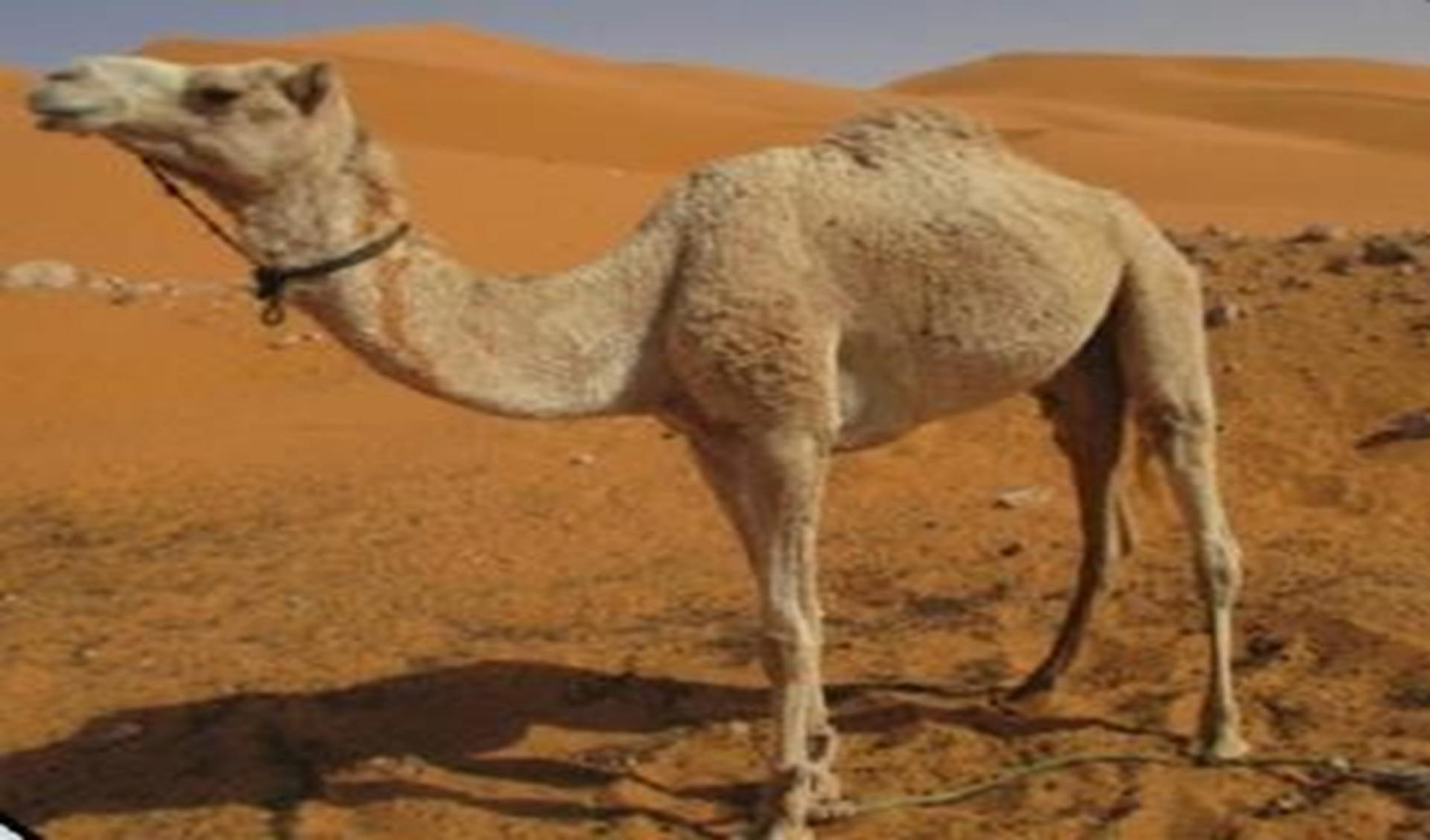Análisis molecular del microbioma bacteriano del rumen de dromedarios argelinos
DOI:
https://doi.org/10.19182/remvt.37010Palabras clave
Camélidos, microflora del tracto digestive, ambiente natural, fluido del rumen, ArgeliaResumen
Las comunidades bacterianas de los preestómagos, especialmente el rumen, juegan un papel importante en los procesos digestivos de los rumiantes y los seudorrumiantes. Para estudiar la microbiota del rumen en el seudorrumen de los camélidos (Camelus dromedarius) criados en un ambiente natural en Argelia, se determinó la diversidad bacteriana en 25 dromedarios utilizando la secuenciación del amplicón del gen del ARNr 16S. En el conjunto de muestras se identificó un total de 25 filums bacterianos, entre los cuales: Firmicutes (cerca del 85 ℅), Bacteroidetes (aproximadamente el 12 %) y, en menor medida, Proteobacteria (< 1 %). El conjunto de estos tres filums representa más del 97 % del total de las secuencias analizadas. Nuestros resultados son coherentes con las observaciones anteriores de diversidad y abundancia de las comunidades bacterianas en el rumen o el seudorrumen de otras especies de rumiantes (domésticos o salvajes). Sin embargo, la abundancia de los filums bacterianos individuales se ha mostrado notablemente dispar. En el artículo se discute la relación entre riqueza y tipo de régimen alimenticio, y composición del microbioma del rumen.
Descargas

Descargas
-
Resumen590
-
pdf 255
Recibido
Aceptado
Publicado
Cómo citar
Licencia
© N.Sahraoui et al., publicado por CIRAD 2023

Esta obra está bajo una licencia internacional Creative Commons Atribución 4.0.
Datos de los fondos
-
Université de Liège
Números de la subvención Santé et productivité des élevages du dromadaire au sud d’Algérie;D01N01UN090120220002





